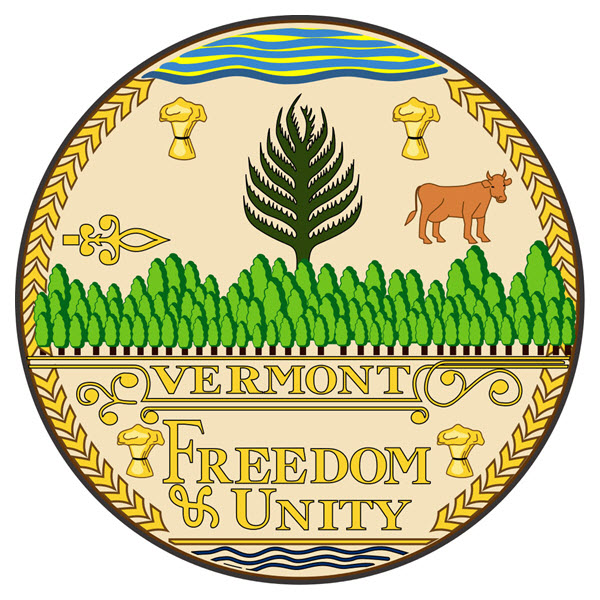 It is no easy task to get a variance in Vermont. Variances, by their very nature, contravene the goal of zoning. They are, as defined by Vermont law, “individual exceptions to generally applicable rules of zoning, the purpose of which is to bring about the orderly physical development of the community.” Variances, in essence, act as “an escape hatch from the literal terms of an ordinance which, if strictly applied, would deny a property owner all beneficial use of his land and thus amount to confiscation.”
It is no easy task to get a variance in Vermont. Variances, by their very nature, contravene the goal of zoning. They are, as defined by Vermont law, “individual exceptions to generally applicable rules of zoning, the purpose of which is to bring about the orderly physical development of the community.” Variances, in essence, act as “an escape hatch from the literal terms of an ordinance which, if strictly applied, would deny a property owner all beneficial use of his land and thus amount to confiscation.”
A tension exists between Vermont zoning laws and constitutional principles that would allow a landowner to develop their property as they see fit. Zoning laws seek to provide harmony in communities by establishing what can be built and where it can be built. However, given the historic settlement of Vermont towns, there are situations where local regulations make the use or development of land essentially impossible.
Trying to Get a Zoning Variance in Vermont?
What Are the Standards for a Variance in Vermont?
A landowner can apply for a variance in Vermont but must meet these strict statutory standards to prevail:
- Unique features: The size or shape of a lot or the location or topography of the property must be highly unusual and difficult to develop, thus creating an unnecessary hardship if subject to strict application of zoning regulations.
- No possible way to develop: Because of the unique issues, there must be no possibility of reasonable development under the local zoning ordinances.
- Existing hardship: The unnecessary hardship has to be created by local law, not by the landowner.
- Character preservation: A variance cannot alter the essential character of the neighborhood or district, or prevent abutters from developing their property.
- Minimum impact: Any variance must represent the minimum that can afford the landowner use of the property.
An experienced Vermont real estate attorney will tell you that the short answer to the question, “Can I get a variance?” is generally “No.” Landowners who want to build above and beyond existing zoning rules will be denied. When looking to purchase a Vermont property, be mindful of the inability to expand the existing project beyond the scope of the zoning regulations.
There are however two areas where landowners can have variances:
- Local zoning makes property unusable. This primarily applies to rules around setbacks for unusually shaped lots or property with steep topography. If a reasonable structure can be built on this property with minor impacts on zoning, there is a good chance of getting a variance.
- Similar variances exist elsewhere in the community. Vermont law prevents communities from setting different standards for different projects. If a variance has been granted in the past for a substantially similar project facing similar environmental constraints, there is a possibility that a landowner can get a variance.
In most other situations, landowners and potential buyers are advised to do extensive due diligence, ideally with the assistance of an experienced Vermont real estate attorney who understands the state’s complex permitting and land use rules.
MSK Attorneys has extensive experience working with local communities throughout Vermont to resolve land-use and permitting issues, to address nonconforming uses and to seek variances. We can provide you with a thorough assessment of your options and likelihood of getting a project approved, and we will work with you to adapt development to meet standards in any Vermont community. For more information, please contact us online or call us at 1-802-861-7000.






